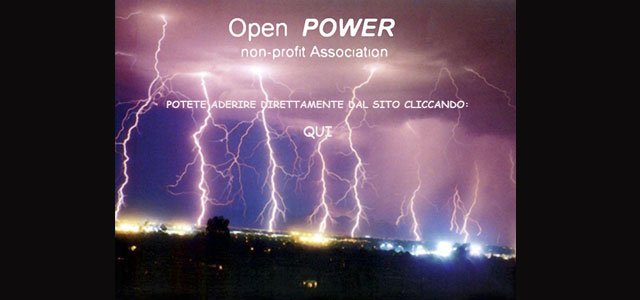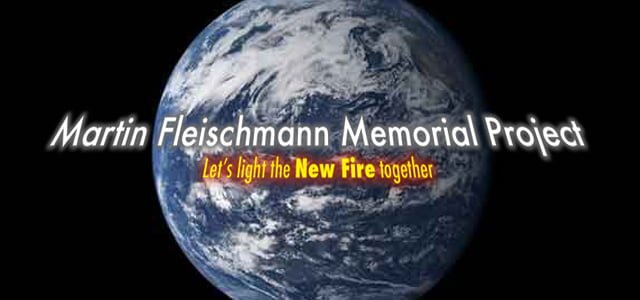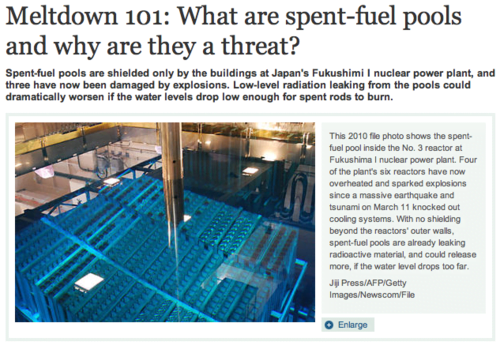Interview with Engineer and New Energy Pioneer Moray B. King. The first portion of the interview features focused discussion on John Wheeler’s model of the quantum vacuum and how topological vortex structures are permitted to self-organize out of a turbulent, orthogonal electromagnetic flux.
During the middle part of the interview Moray further elucidates how this flux might be coherently abstracted into our dimension to do work. He outlines the discoveries of Yull Brown (Brown’s Gas Torch), Ken Shoulders (Plasmatic Exotic Vacuum Objects) and Mark LeClair (Crystalline Water Cluster Jets), and goes on to explain why their experiments demonstrate substantive evidence for Zero Point Energy (ZPE) extraction.
Toward the tail-end of our dialogue Moray ventures into the arena of LENR-Cold Fusion theory. He visualizes a scenario where cracking in the crystalline lattice creates an environment where micron-scale ball lightning (aka self-organized ZPE plasmoid) is being generated and released. Micron-sized ball lightning has been demonstrated to be highly energetic and capable of transmuting elements during laboratory studies in at least three countries. Also worth considering is that amplified ZPE interactions are known to occur within reflective Nano-domains during Cavity-QED experiments. While the ZPE explanation for LENR still remains undefined and speculative in certain important respects, further investigation of ZPE fluctuations in Nano-cavities may provide us with better understanding of what goes on within the Nuclear Active Environment (NAE) to produce the Pons-Fleischmann Excess Heat Effect.
In closing we spend some time focusing on the philosophical side of the Breakthrough Energy Movement and what will be required for a paradigm shift to occur.
Thank you for taking an interest. A more detailed outline can be found @ my blog if so desired.



